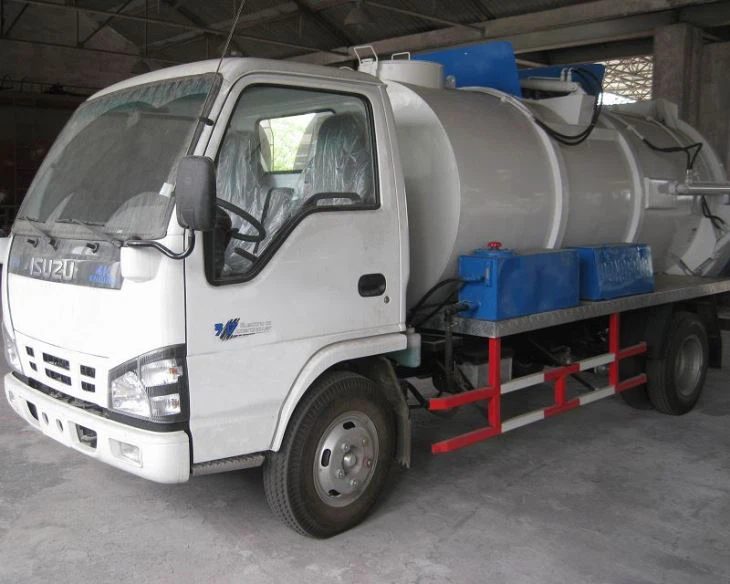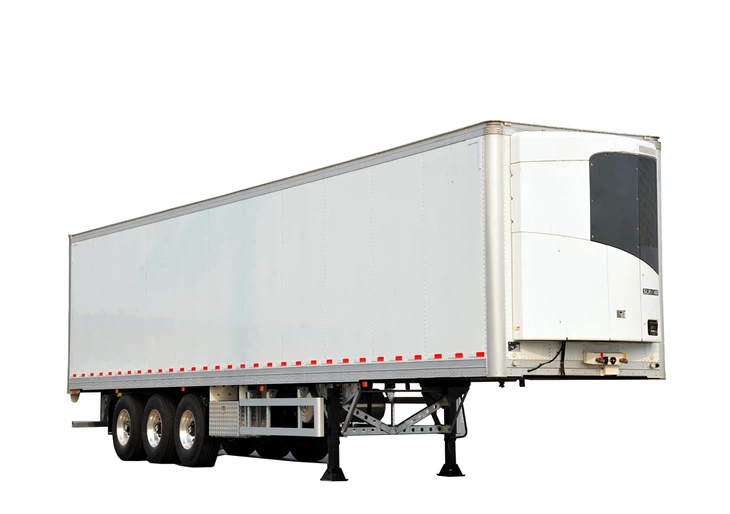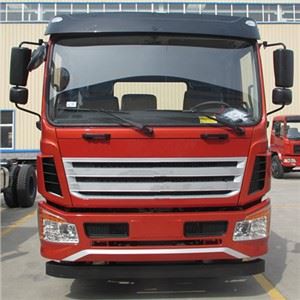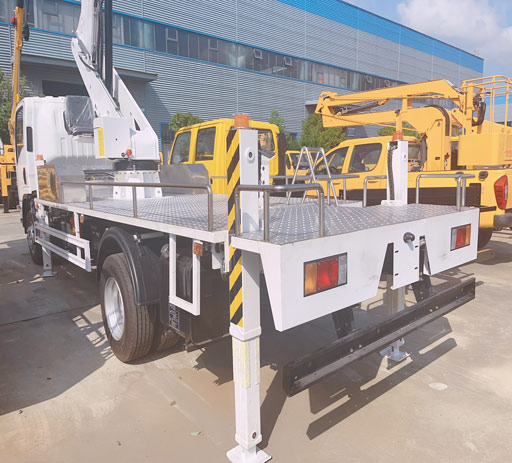Container Delivery: Streamlining Your Shipping Needs

Introduction
In today’s globalized world, the efficient movement of goods is more critical than ever. Container delivery has become a standard in the logistics industry, offering a reliable way to transport products across vast distances. This article delves into the key aspects of container delivery, from its importance and processes to practical tips for businesses looking to optimize their shipping strategies. By understanding this vital service, companies can enhance their supply chain, improve delivery times, and reduce costs.
What is Container Delivery?
Container delivery refers to the process of transporting goods in standardized containers, primarily via ships, trains, and trucks. This system allows for easy handling, loading, and unloading of cargo, making it an efficient choice for shippers worldwide.
Types of Containers
Before diving deeper into container delivery, it’s essential to understand the types of containers commonly used in shipping:
- Standard Containers: These are the most commonly used containers, typically measuring 20 or 40 feet in length.
- Reefer Containers: Temperature-controlled containers designed for transporting perishable goods.
- Open Top Containers: These containers have no roof, allowing for taller cargo that cannot fit in standard containers.
- Flat Rack Containers: Used for heavy and oversized cargo, these containers have no sides or roof (e.g., machinery).
- Tank Containers: Designed for transporting liquids, these containers are built to withstand the movement and pressure of the cargo.
The Importance of Container Delivery
Container delivery plays a significant role in global trade and commerce. Here are some of the key reasons why it is vital:
1. Efficiency in Loading and Unloading
Container delivery allows for quick loading and unloading at ports, minimizing the time ships spend in harbor. Efficient port operations contribute to lower shipping costs and faster delivery times.
2. Security of Cargo
Containers provide protection against theft, weather damage, and handling hazards, ensuring that goods arrive in optimal condition.
3. Simplified Logistics
The standardization of container sizes simplifies planning and managing logistics. Businesses can reliably estimate shipping times and costs.
4. Environmentally Friendly
Shipping goods in bulk through container delivery reduces the carbon footprint per item, making it a more sustainable option for global trade.
How Container Delivery Works
The container delivery process involves several key steps:
1. Booking Your Shipment
The first step in container delivery is to book your shipment with a carrier. This typically involves providing details about the cargo, preferred delivery times, and destination.
2. Preparing the Container
Once booked, the appropriate container must be selected and prepared. This includes ensuring the container is clean, dry, and suitable for the type of cargo being shipped.
3. Loading the Container
Goods are loaded into the container, often following specific packing guidelines to maximize space and protect the cargo. Proper loading also ensures safety during transport.
Best Practices for Loading Containers
- Distribute weight evenly.
- Secure loose items to prevent movement.
- Use dunnage and padding for fragile items.
4. Transporting the Container
Once loaded, the container is transported to the port, where it is loaded onto a ship. Depending on the destination, the container may also be transferred to trucks or trains.

5. Customs Clearance
Before leaving the port, goods must clear customs. This step involves the submission of paperwork and inspections to ensure compliance with regulations.
6. Final Delivery
After reaching the destination port, the container is unloaded and sent to the final recipient via truck or rail.
Choosing a Container Delivery Service
Selecting the right container delivery service is crucial for ensuring efficient and cost-effective shipping. Here are some factors to consider:
1. Reliability
Research the reputation of different shipping companies. Look for reviews and testimonials to determine their reliability and reputation.
2. Coverage and Network
Ensure the service covers the geographical areas required for your shipping needs. A robust network facilitates smoother deliveries.
3. Pricing
Compare quotes from multiple providers to find competitive rates. Be aware of hidden costs that may arise during the shipping process.
4. Customer Support
Choose a provider with responsive customer support. Effective communication is vital in addressing any issues during transit.
Practical Tips for Efficient Container Delivery
1. Plan Ahead
Start planning your shipment as early as possible. Early bookings can lead to better rates and availability.
2. Use Technology
Leverage shipping software and tools to track shipments, manage logistics, and streamline operations.
3. Maintain Inventory Records
Keep detailed records of inventory and shipment schedules. This practice can help reduce delays and miscommunications.
4. Build Relationships with Providers
Establishing long-term relationships with shipping companies can lead to better pricing and improved service.
5. Stay Informed about Regulations
Familiarize yourself with shipping regulations and requirements for each destination to avoid delays and penalties.
Challenges in Container Delivery
Despite its advantages, container delivery does face some challenges:
1. Port Congestion
High volumes of traffic at ports can lead to delays in loading and unloading containers, disrupting supply chains.
2. Customs Delays
Failure to provide complete documentation can lead to customs delays, increasing shipping times.
3. Container Shortages

Occasional shortages of containers can lead to increased shipping costs and reduced availability.
The Future of Container Delivery
As the logistics industry evolves, container delivery is also undergoing significant changes:
1. Automation
Many ports are investing in automation to improve efficiency, reducing turnaround times for container handling.
2. Sustainability

An increasing focus on sustainable practices is driving innovations within the container shipping industry, including cleaner fuels and more efficient vessels.
3. Technological Integration
Advancements in tracking technology are making it easier for businesses to monitor shipments in real-time, enhancing transparency and accountability.
FAQs about Container Delivery
1. What is the typical size of a shipping container?
The most common sizes for shipping containers are 20 feet and 40 feet in length.
2. How long does container delivery usually take?
Delivery times vary depending on the shipping route, but it typically takes a few days to several weeks for international shipments.
3. Are there restrictions on what can be shipped in containers?
Yes, certain items such as hazardous materials and perishable goods often require special handling and adherence to regulations.
4. What happens if my container is damaged during transit?
If a container is damaged, it is crucial to document the damage and notify the shipping company immediately to file a claim.
5. How can I track my container shipment?
Most shipping companies provide tracking services, allowing you to monitor your container’s location in real-time through their website or app.
6. Can I customize my container delivery service?
Yes, many shipping companies offer customizable delivery options, including door-to-door service and special handling for unique cargo.
